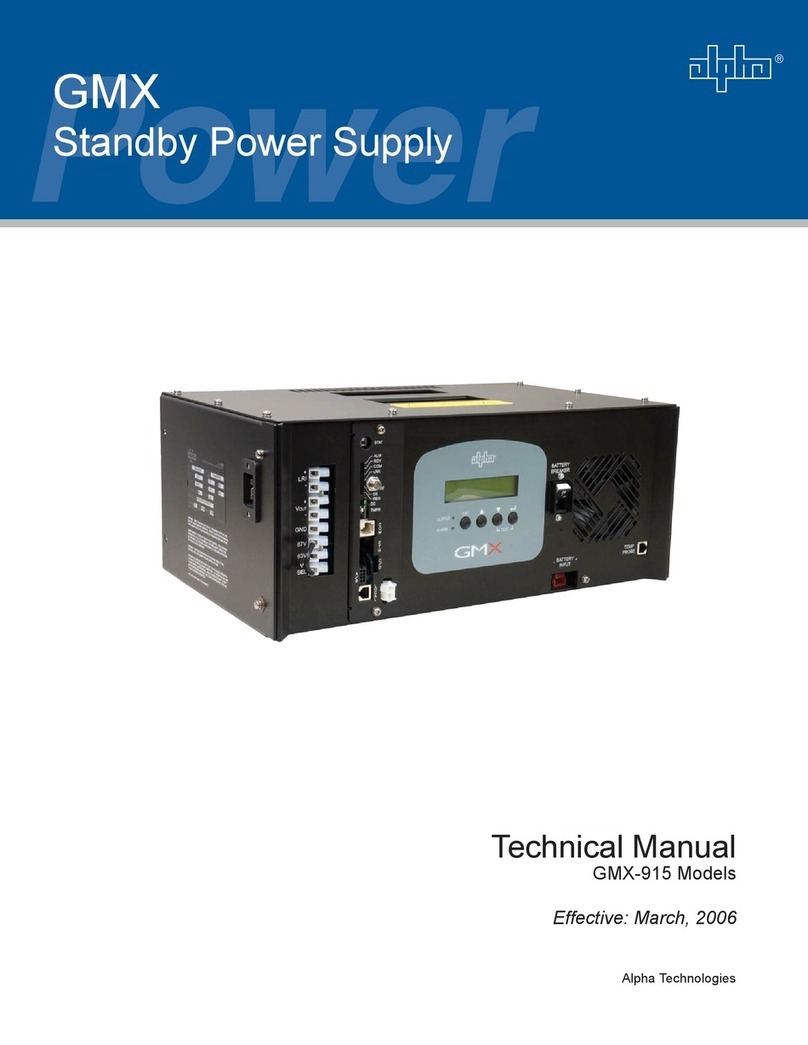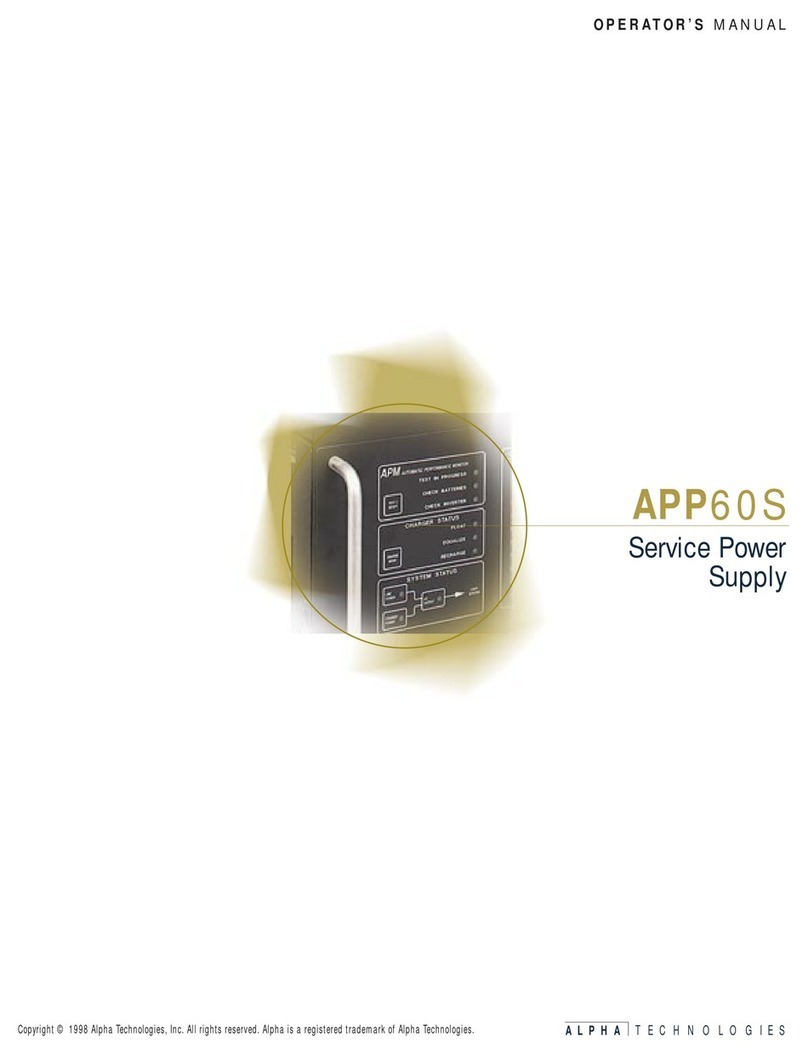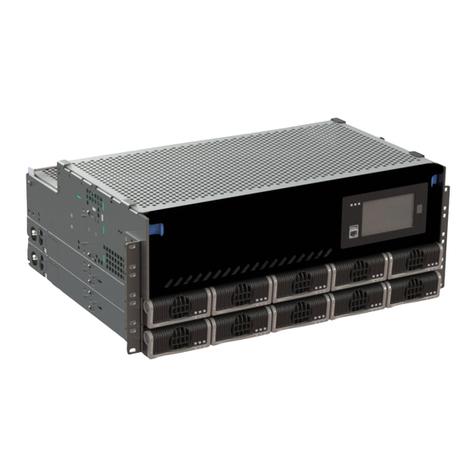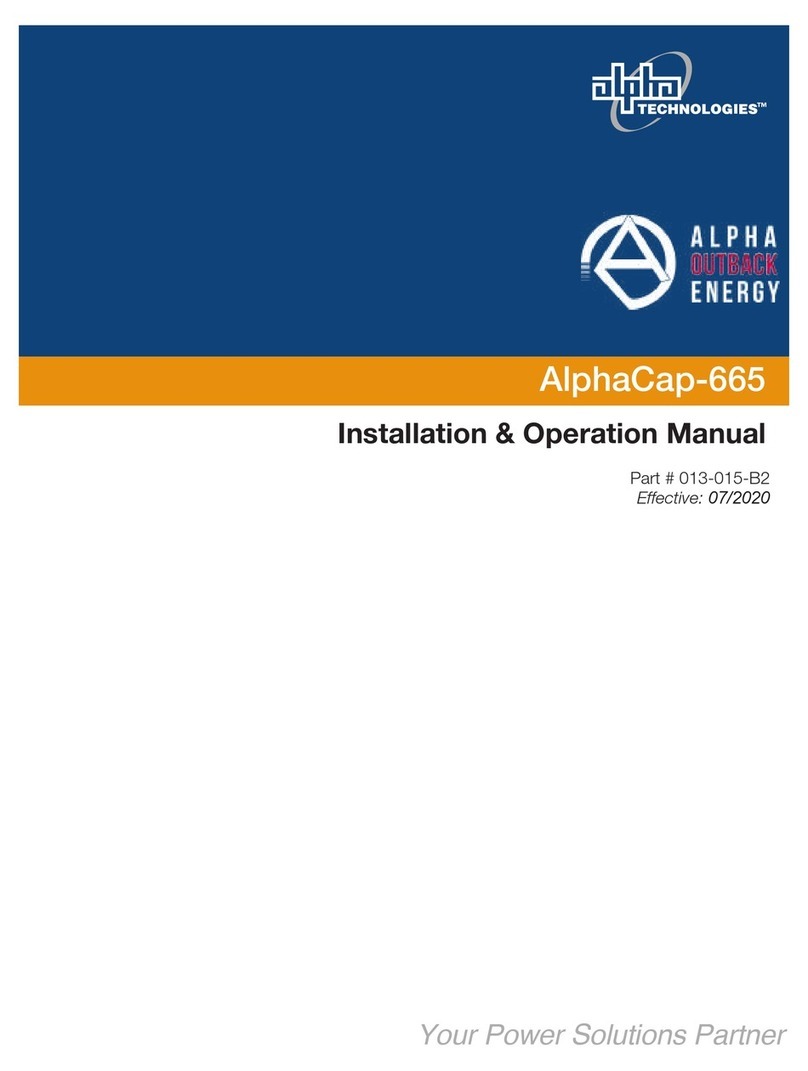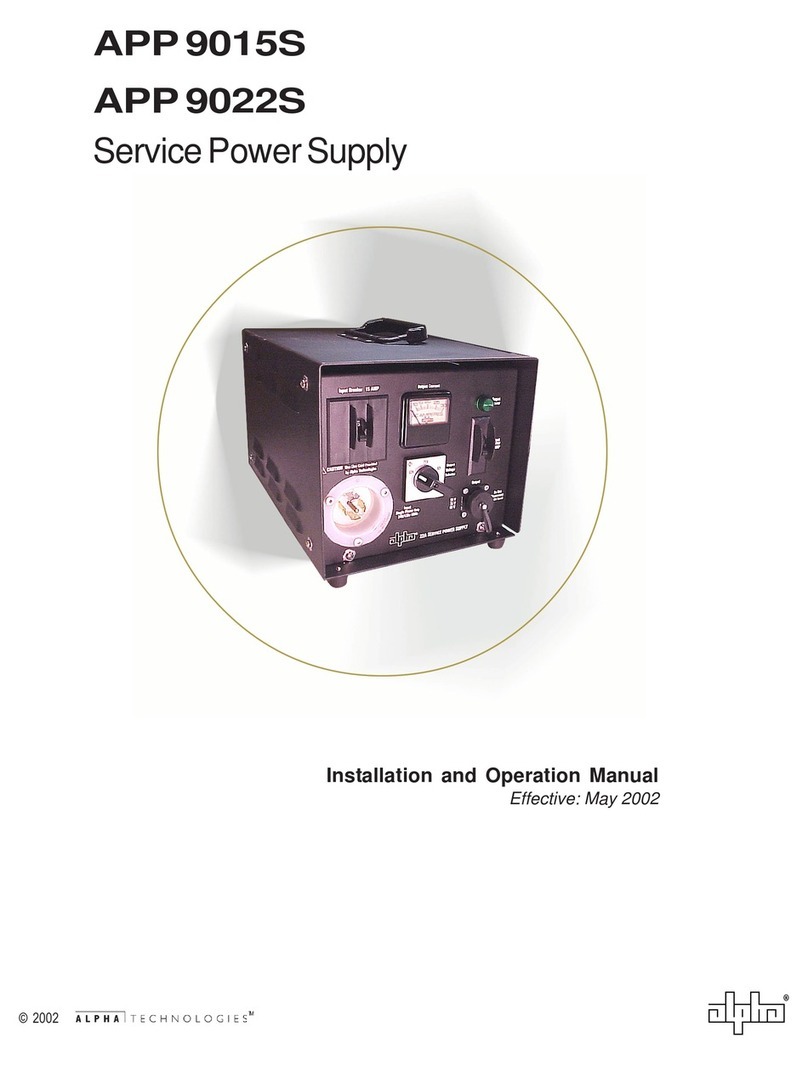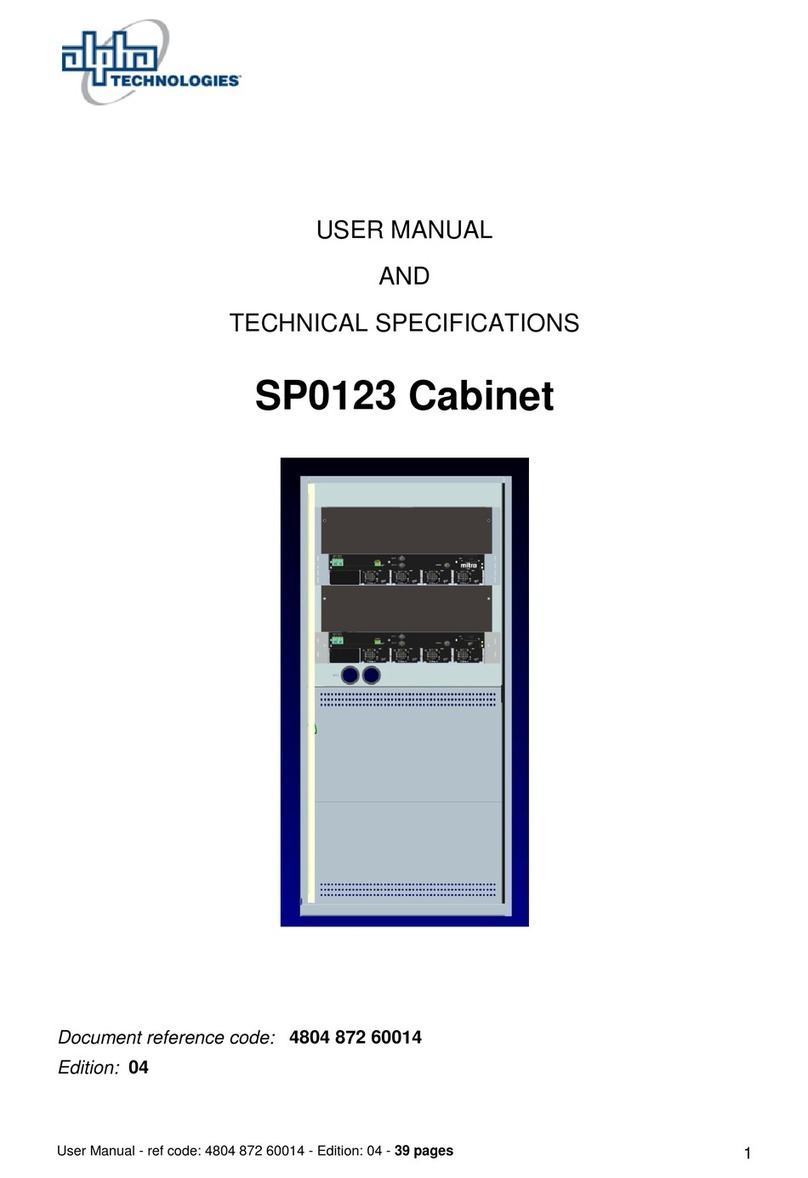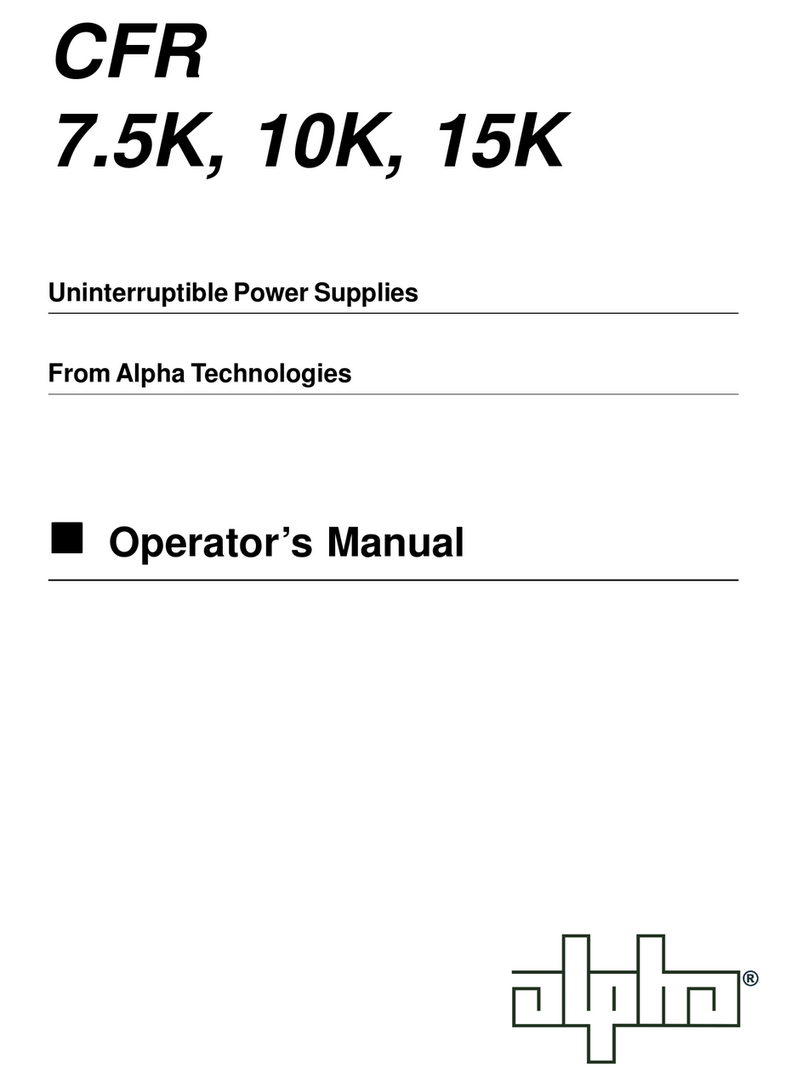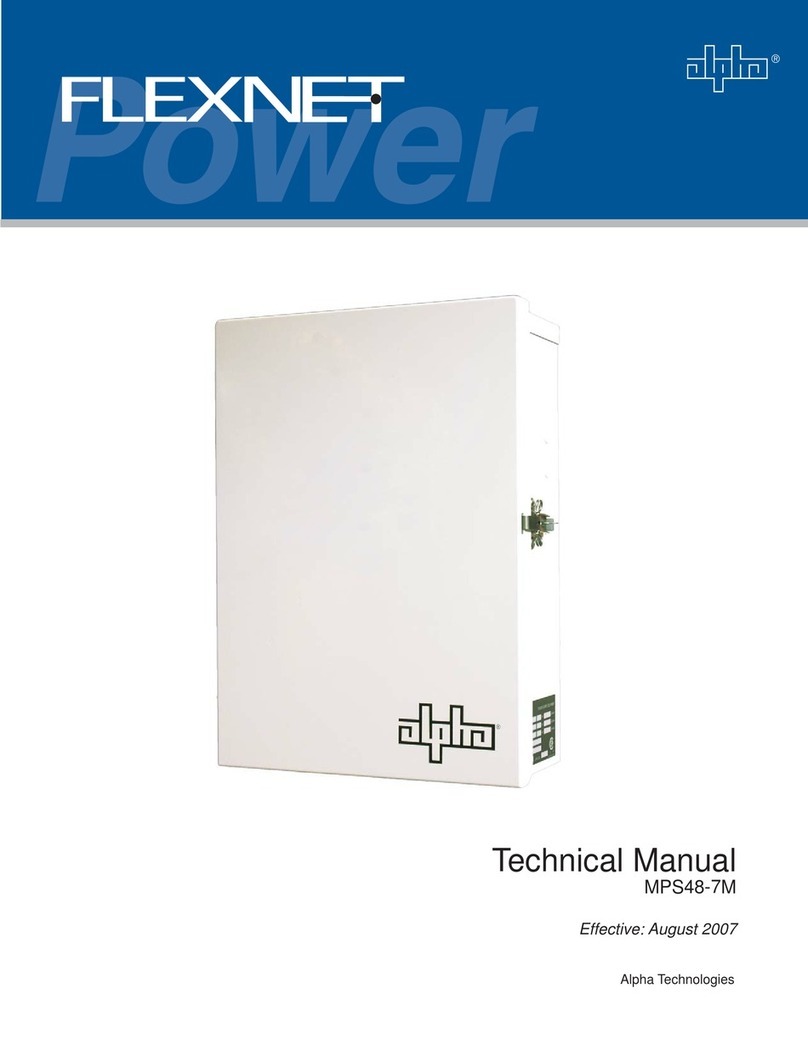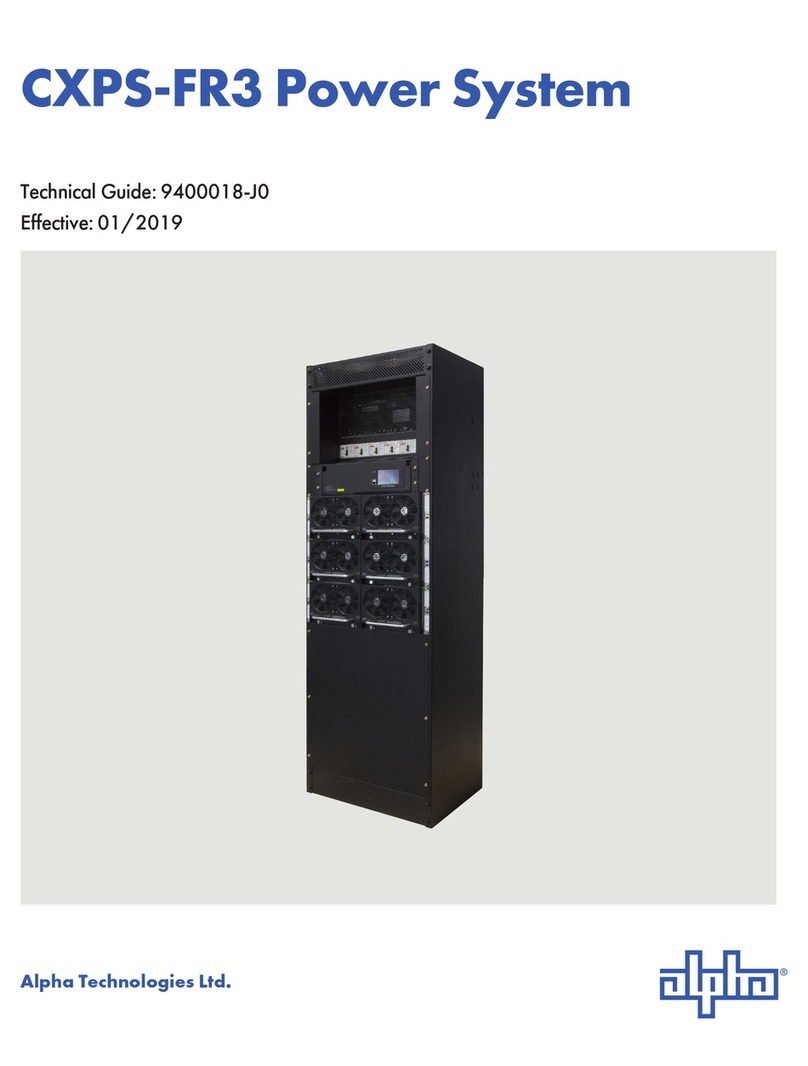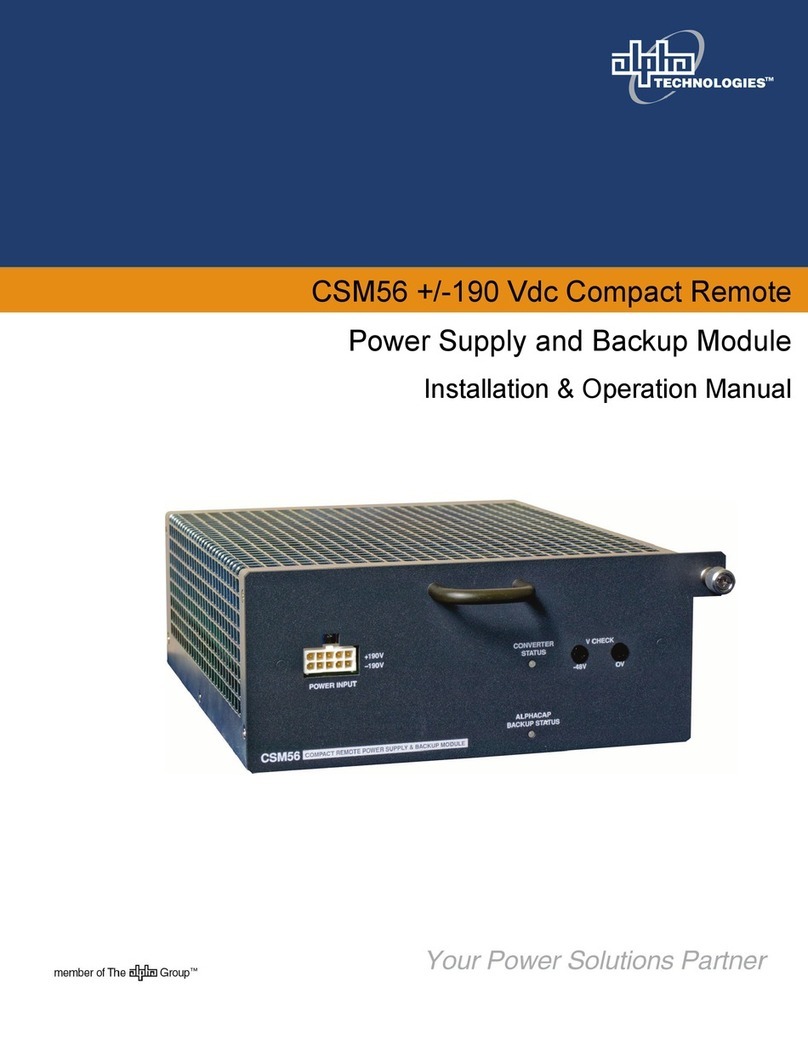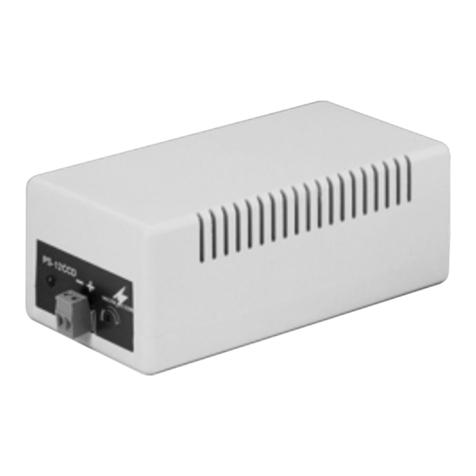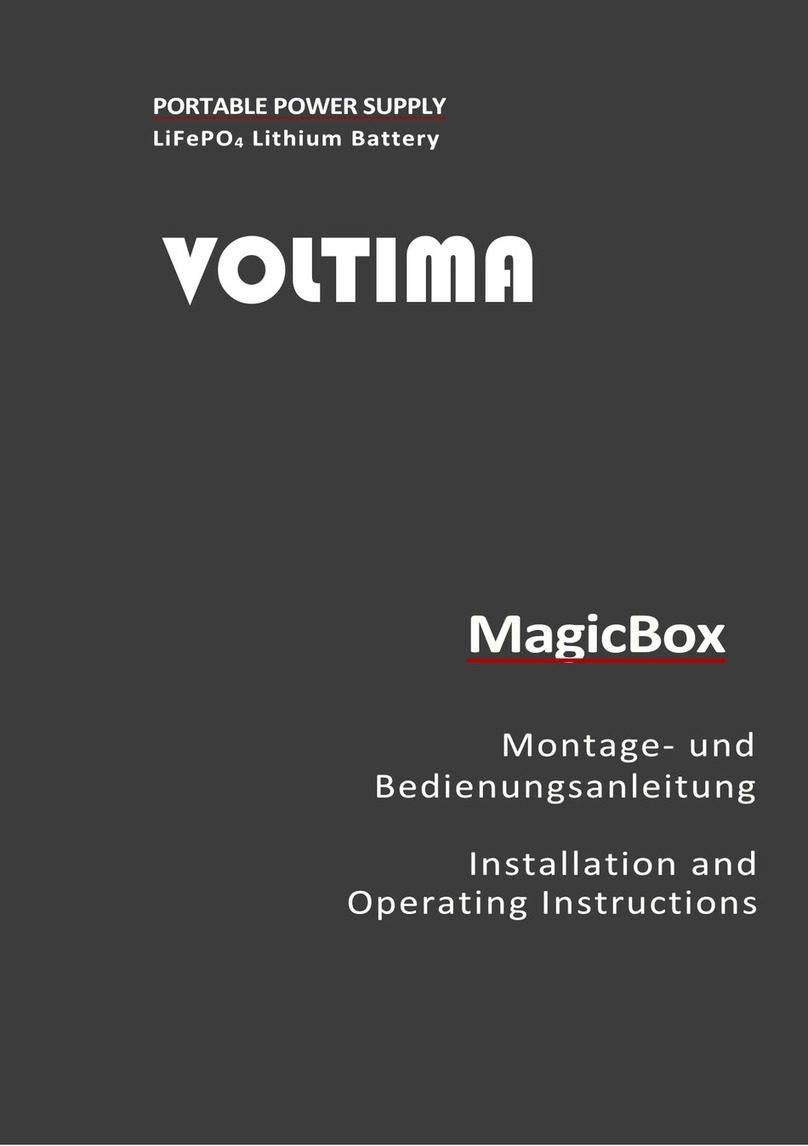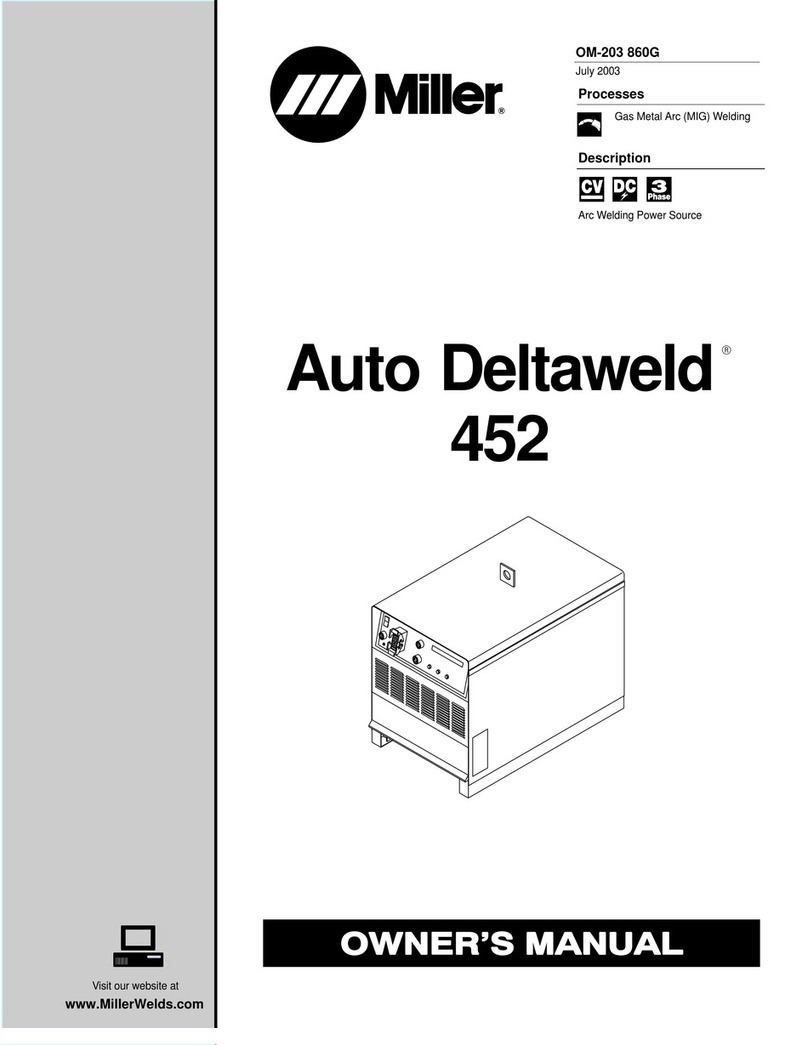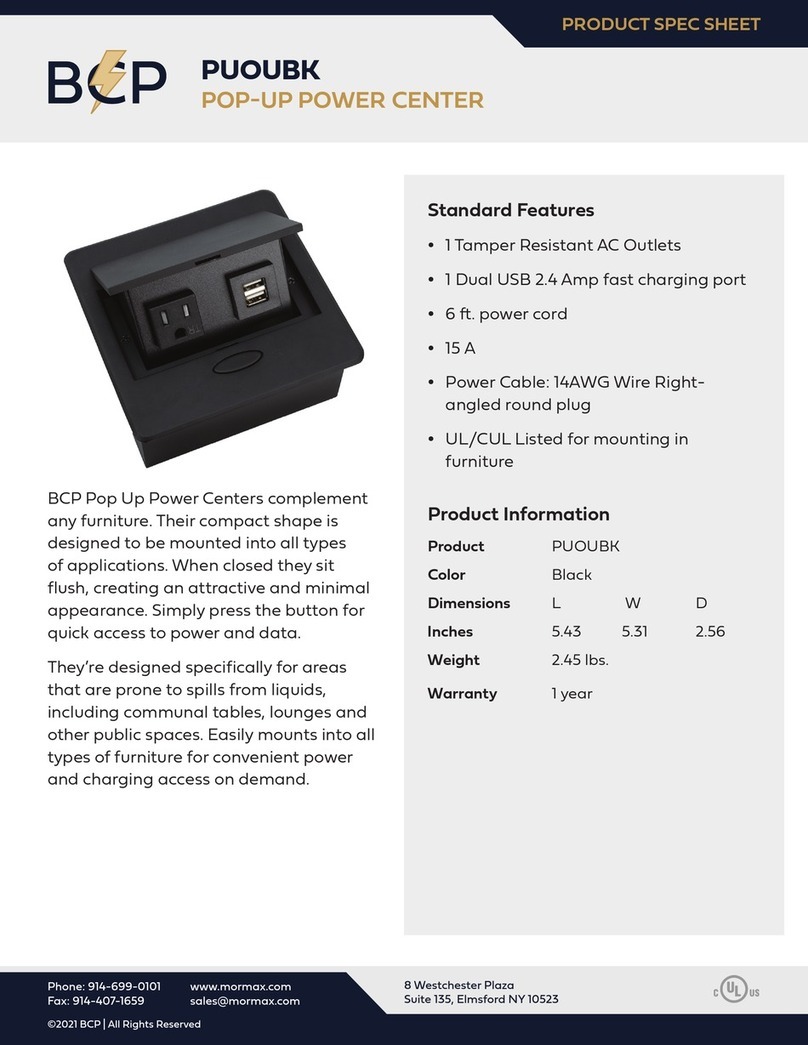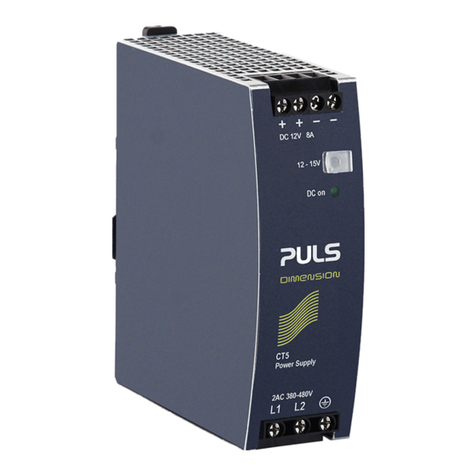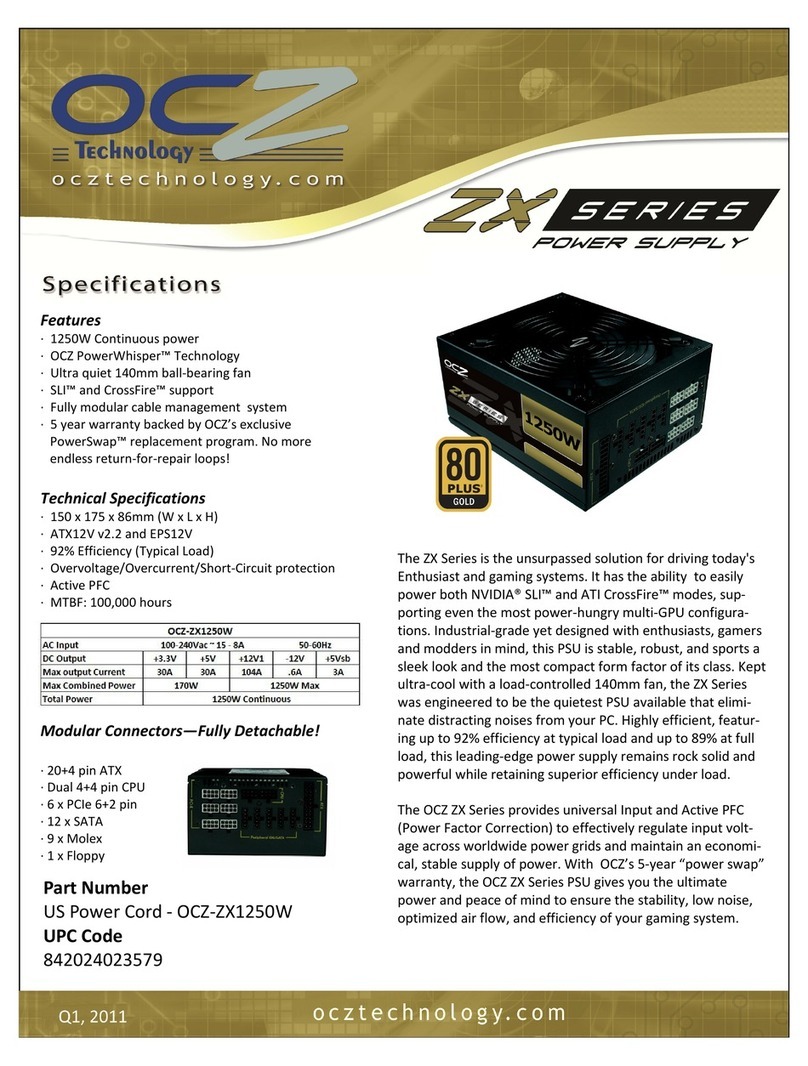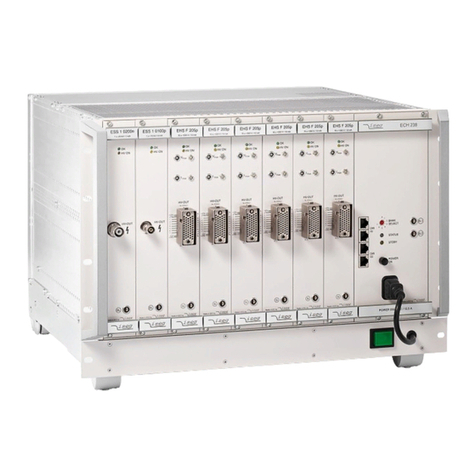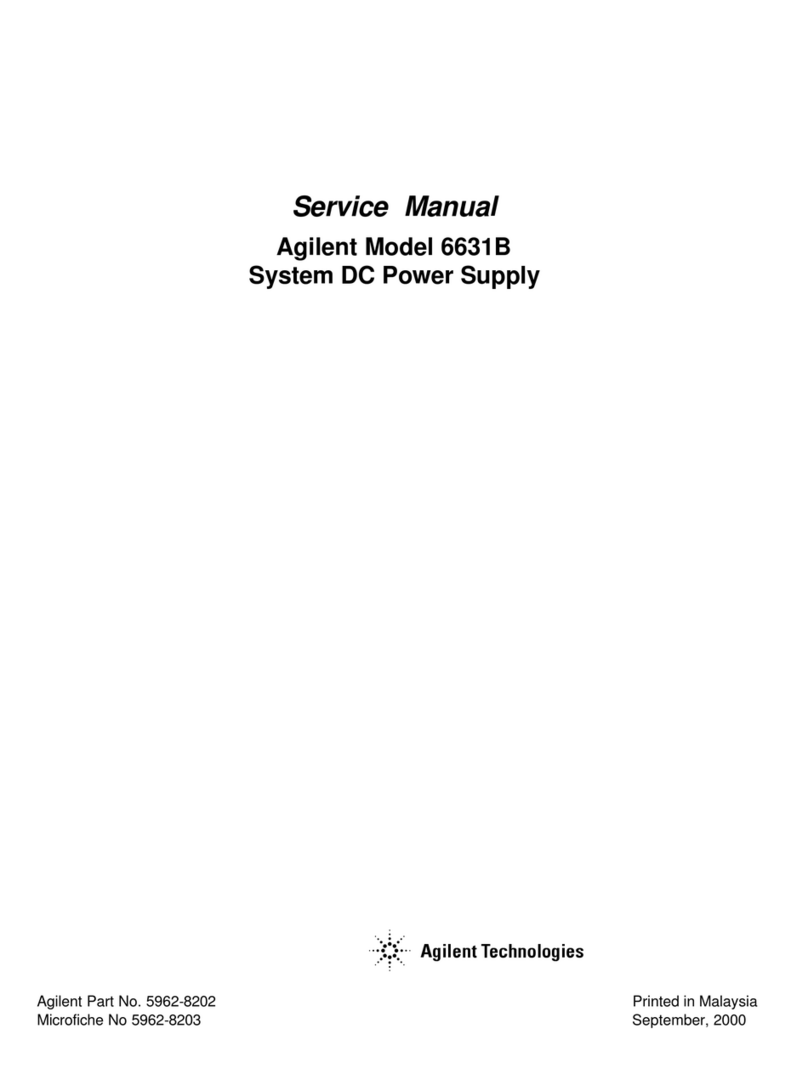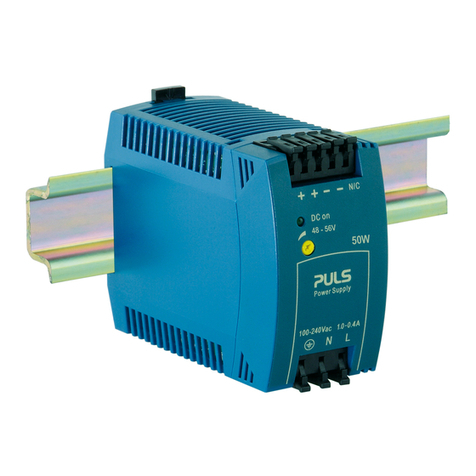
7. Wiring..................................................................................................................................26
7.1 Installation Notes ..................................................................................................................... 26
7.2 Ground Sizing .......................................................................................................................... 27
7.3 AC Feeder Protection/Sizing.................................................................................................... 27
7.4 AC Wiring ................................................................................................................................. 27
7.5 DC Wiring................................................................................................................................. 28
7.6 System and Battery Connections............................................................................................. 28
7.7 Chassis Ground and Return Bus Bar Connections.................................................................. 29
7.8 Distribution Cabling.................................................................................................................. 30
7.9 Alarm and Signal Connections................................................................................................. 31
7.10 Signal Wiring Connections for Controller ............................................................................... 31
7.11 CAN Serial Ports .................................................................................................................... 33
7.12 Network Connection and Remote Communications via Controller ........................................ 33
8. System Startup ...................................................................................................................34
8.1 Check System Connections..................................................................................................... 34
8.2 Verify AC Input and Power Up Rectier Shelf .......................................................................... 34
8.3 Check Battery Polarity and Connect the Batteries................................................................... 34
8.4 Controller Reset ....................................................................................................................... 34
8.5 LVD Control.............................................................................................................................. 35
9. Rectier Modes and Factory Defaults.................................................................................36
9.1 Rectier Modes ........................................................................................................................ 36
9.2 Factory Ranges and Defaults .................................................................................................. 37
10. Maintenance .....................................................................................................................38
10.1 Rectiers ................................................................................................................................ 38
10.2 Batteries................................................................................................................................. 38
10.3 Troubleshooting ..................................................................................................................... 39
11. Warranty Statement and Service Information ...................................................................40
12. Acronyms and Denitions .................................................................................................41
13. Certication.......................................................................................................................42
